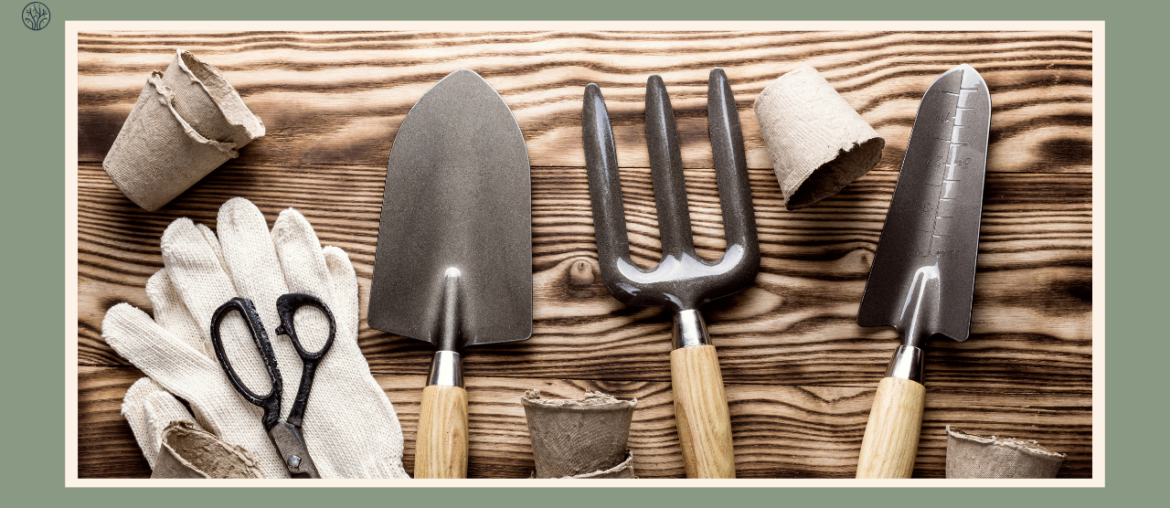Land preparation is a crucial step for successful commercial farming. It involves various activities such as clearing the land, removing stones, burning stubble, leveling the soil, reclaiming degraded land, creating ridges and furrows, planking, and more. These activities help to improve soil conditions, control weeds, enhance water management, and increase crop yields.
We used to prepare land manually with simple tools, but as the demand for large-scale farming increased, we have developed machines to replace human labor. These machines can perform land preparation tasks faster, easier, and more efficiently. In this guide, we will introduce you to 17 land preparation tools and explain their functions.
Hand Tools for Land Preparation
Hand tools are the most basic and common tools used for land preparation. They are usually made of metal or wood and have a long handle and a blade or a fork at the end. Hand tools are suitable for small-scale farming or gardening, where the land area is not too large and the soil is not too hard or rocky.
1. Hoe
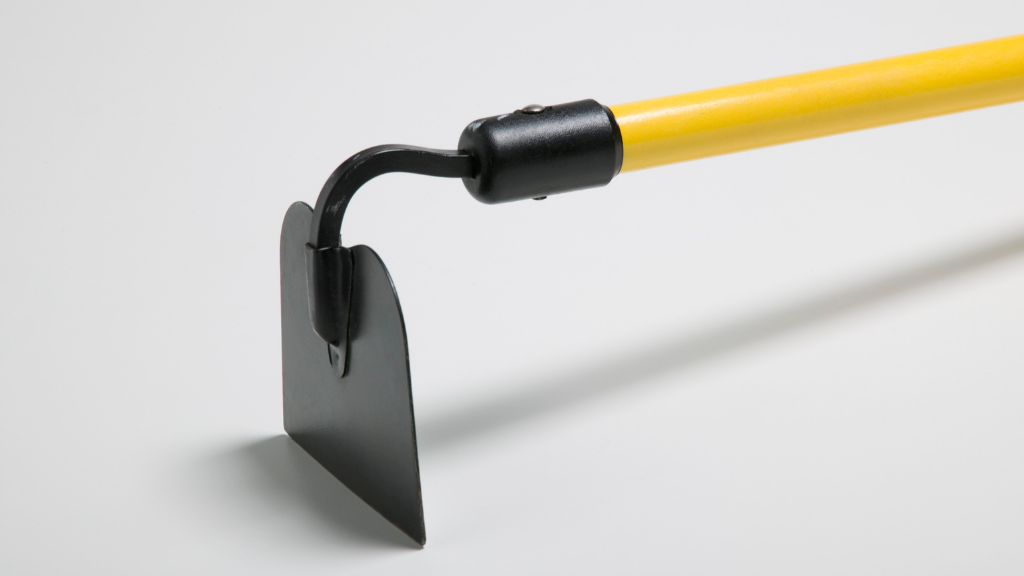
Hoes are one of the most widely used tools for land preparation and other agricultural practices. They have a long handle with a flat blade at one end. They can perform various tasks such as weed removal, soil piling, creating small furrows for seed sowing, shaping soil, clearing soil, and harvesting root crops.
2. Shovel
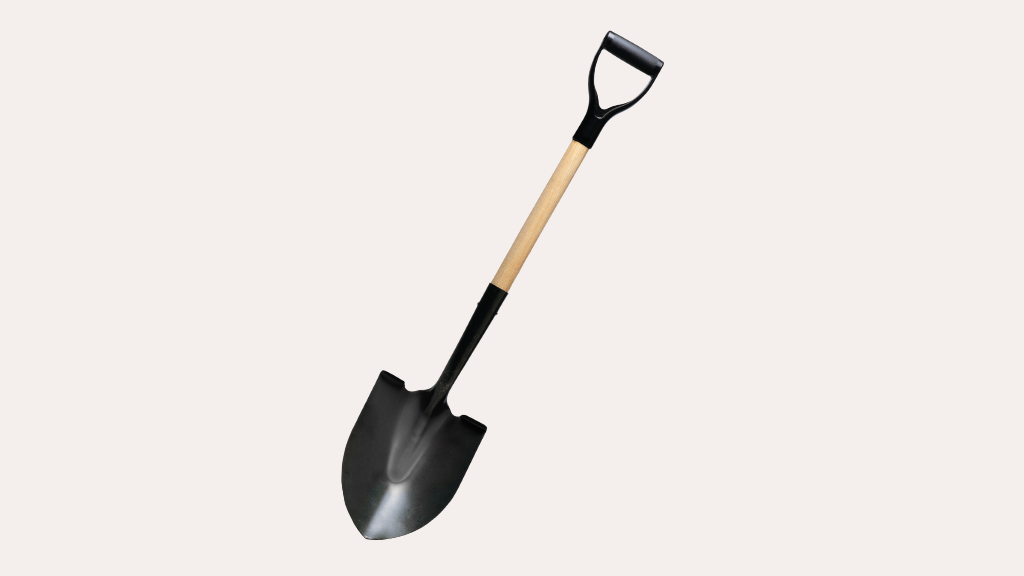
Shovels are the most common tools in most farms. We can use them for multiple purposes like digging, lifting, and moving bulk materials like soil, sand, stones, and compost. They have a broad blade attached to a long handle. If you are looking for a new take on these traditional shovels, be sure to check out this sharp-edge shovel from Expert Verdict.
3. Rake
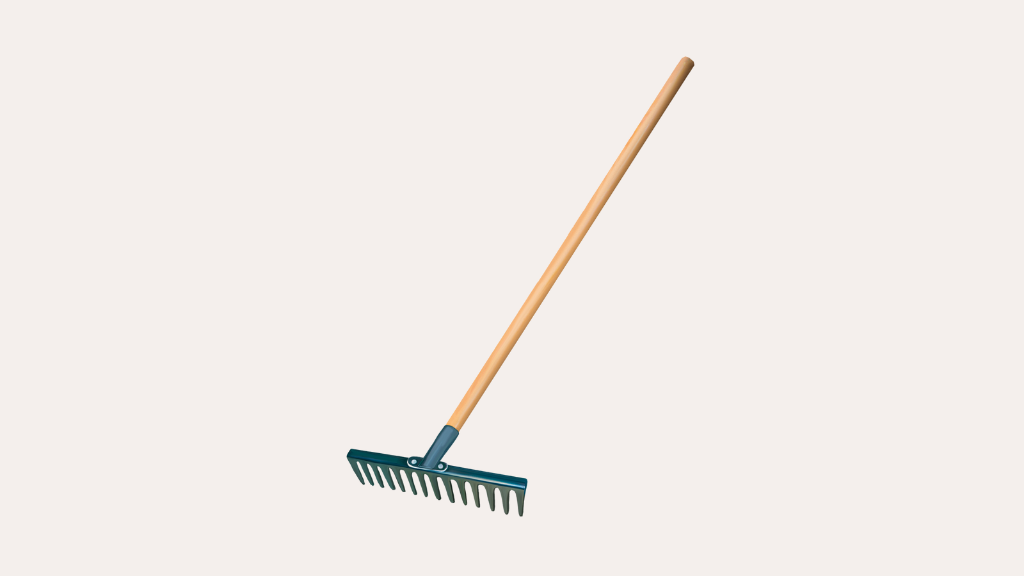
Rakes are tools with a long handle and a toothed bar at one end. They are used for collecting and spreading loose materials like hay, leaves, grass clippings, and mulch. Additionally, they are also good at loosening and leveling the soil surface, especially in gardens and lawns.
4. Trowel
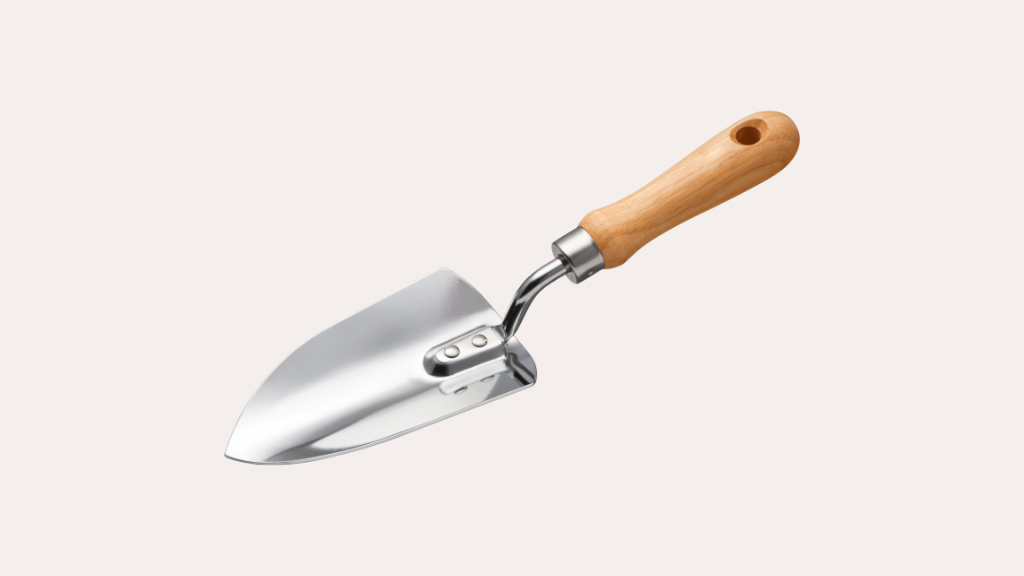
Trowels are compact and handy land preparation tools primarily used in container gardening. Their functions include loosening soil, weed removal, seedbed leveling, and mixing soil with organic matter like vermicompost.
5. Hand Cultivator
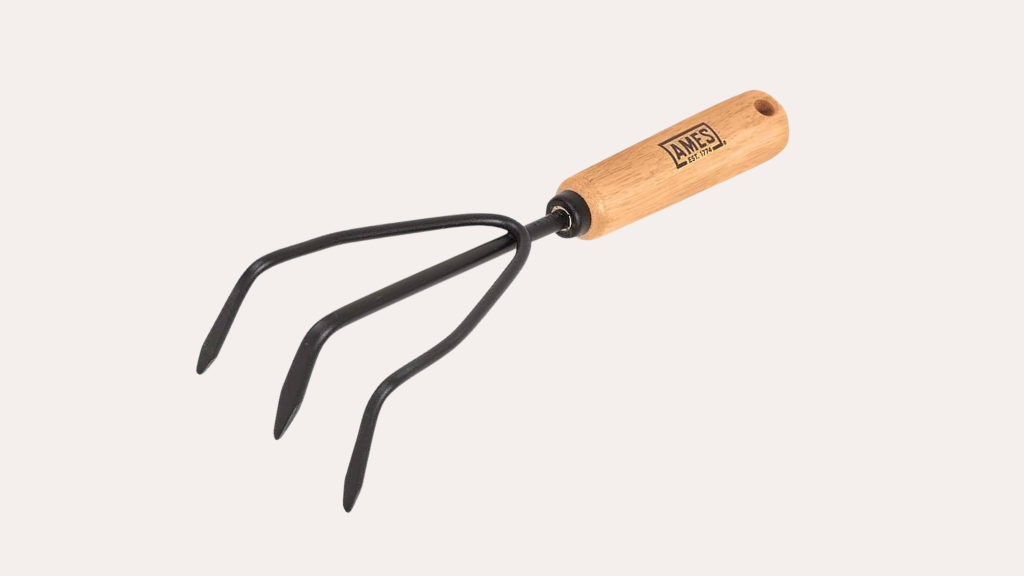
Hand cultivators are tools with short handles and small teeth or claws at one end. These handy tools are great for preparing seedbeds and loosening soil to improve aeration.
6. Wheelbarrow
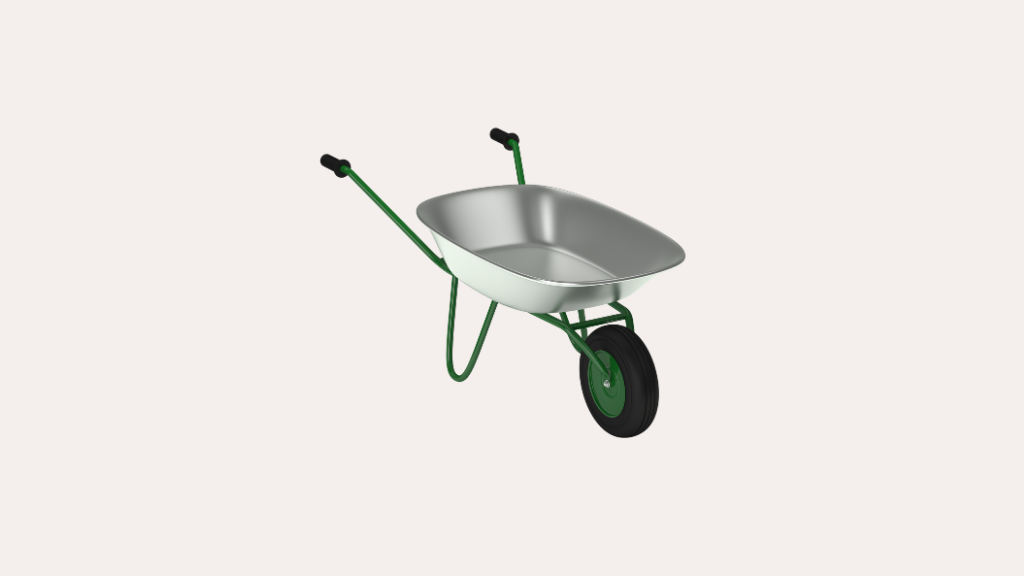
Wheelbarrows are carts with one or two wheels and a large container. They are used for transporting materials across the farm, such as soil, sand, stones, compost, manure, crops, tools, etc. They make the transportation process easier and faster by reducing the manual labor and time required.
7. Spade
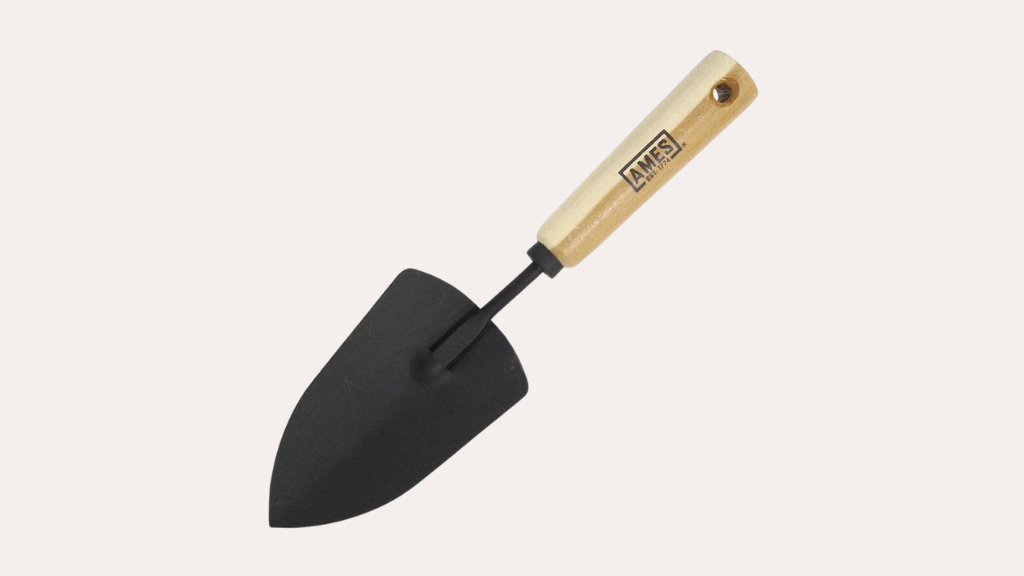
A spade is a tool similar to a shovel but with a narrower blade. Depending on their blade type, these tools can help you achieve a lot of different tasks. There are different types of spades for different purposes, such as:
- Digging spades: These have a flat blade with a straight edge. They are used for digging deep holes or trenches.
- Border spades: These have a smaller blade with a curved edge. They are used for digging narrow borders or edges around gardens or lawns.
- Transplanting spades: These have a long and narrow blade with a pointed tip. They are used for lifting plants or seedlings with their root ball intact.
- Edging spades: These have a half-moon-shaped blade with a flat edge. They are used for cutting clean edges along paths or driveways.
Power Tools for Land Preparation
Power tools are more advanced and sophisticated tools that are powered by engines or motors. They are usually attached to tractors or other vehicles that provide traction and mobility. Power tools are suitable for large-scale farming or commercial agriculture, where the land area is too large or the soil is too hard or rocky for hand tools.
8. Plow
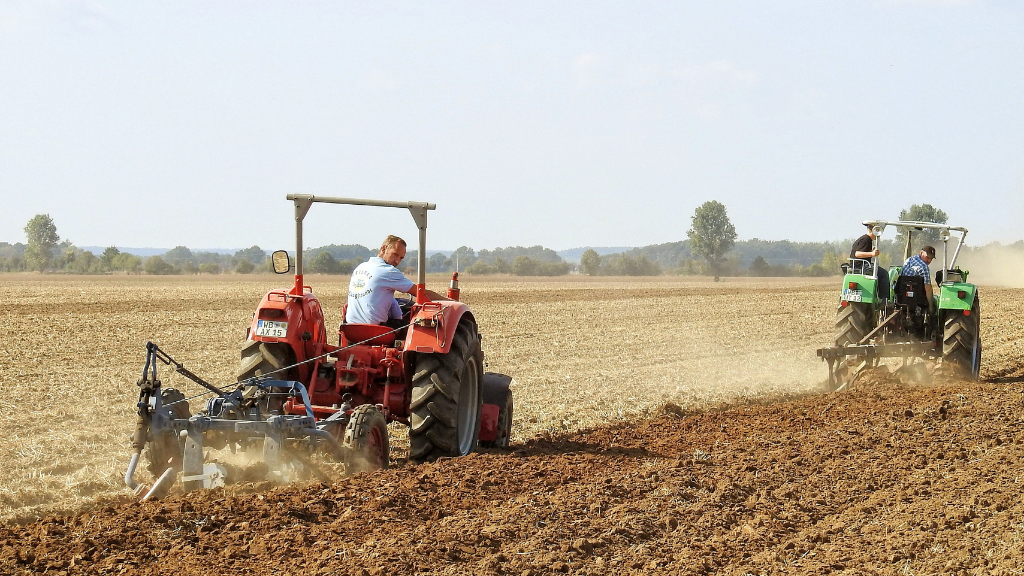
The plow is a primary tillage tool that prepares the land for sowing. It used to be pulled by animals like horses and oxen, but now it is driven by tractors. The plow’s blade loosens the soil by breaking the hardpan, creating a smooth and even surface for planting. It also brings up nutrients, buries weeds, and crop residues to decompose, and creates furrows where seeds can be placed. This shallow plowing enriches the soil with organic matter, which feeds the soil microorganisms. The plow also helps the soil retain moisture, ensuring its health and productivity.
9. Cultivator
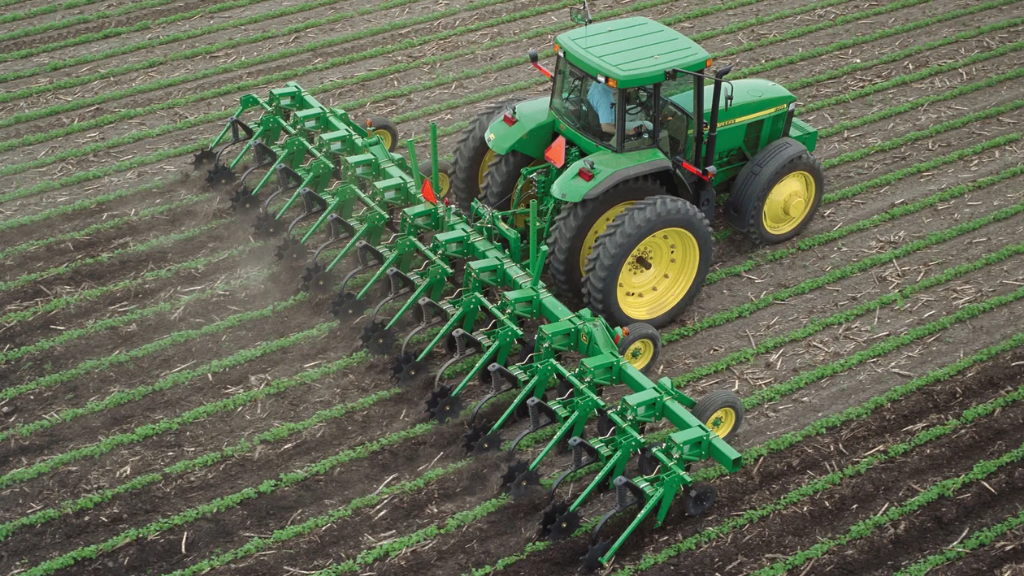
The cultivator stands as one of the most crucial tools in land preparation. This implement is instrumental in plowing the land, pulverizing the soil, eliminating weeds, and overturning the topsoil. Connected to a tractor, it traverses the entire field, facilitating secondary tillage. Unlike a harrow, a cultivator does not disrupt the soil’s structure, making it an important tool in modern agriculture.
10. Disc Harrower
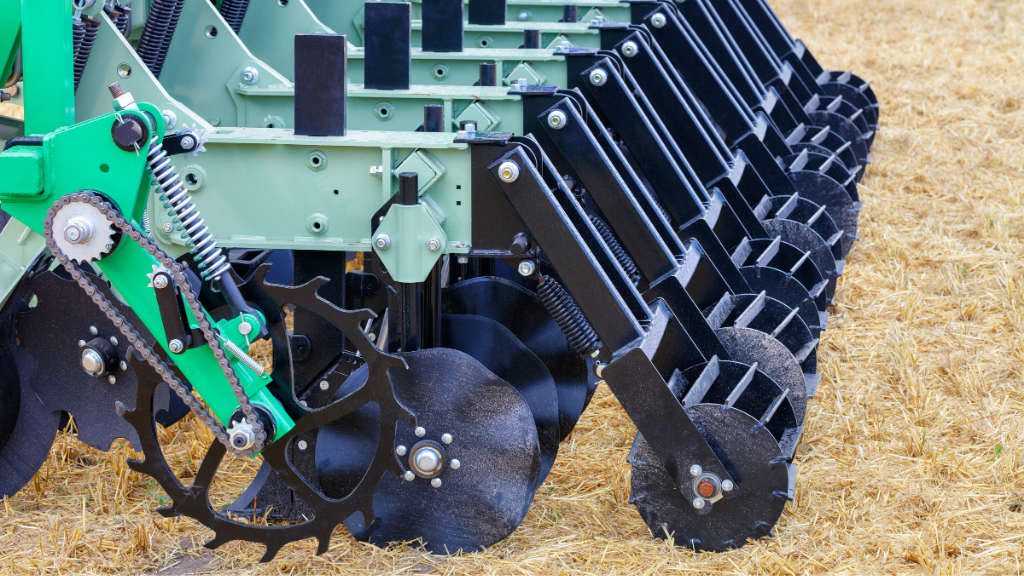
The disc harrower has a series of large discs arranged in either a single or double row (Double Disc Harrower). Its primary functions include plowing the land, achieving fine soil pulverization, cutting unwanted weeds, and preparing the soil for rice plant transplantation. Typically, these discs have a diameter of around 60 cm, making them efficient tools for land preparation.
11. Rotavator
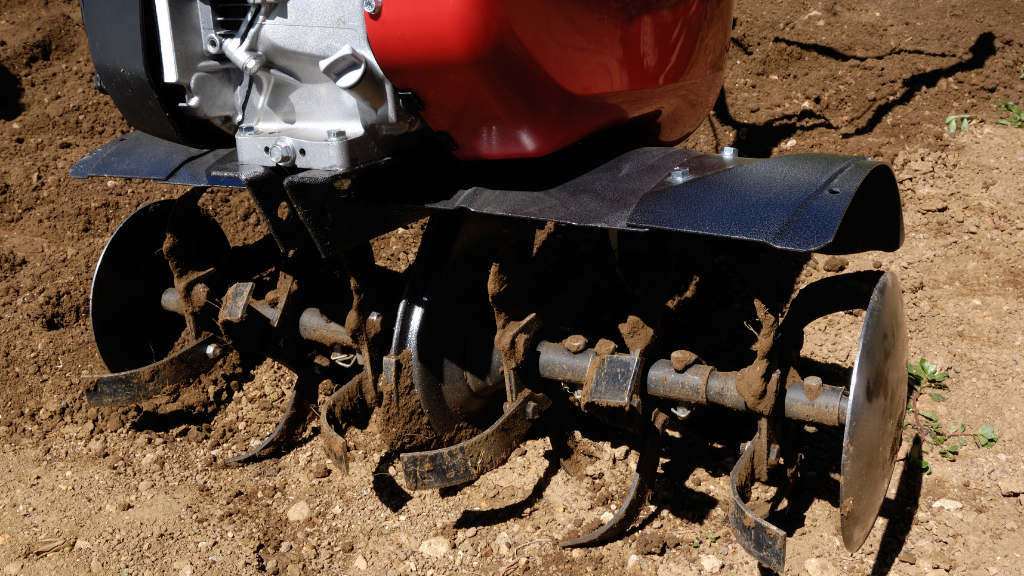
The rotavator has a rotating blade that plows the land. This tool is widely used for secondary tillage and has proven to be a cost-effective alternative to cultivators, disc harrows, and levelers. Thanks to its versatility, the rotavator is one of the most common tools in agriculture.
12. Cultipacker
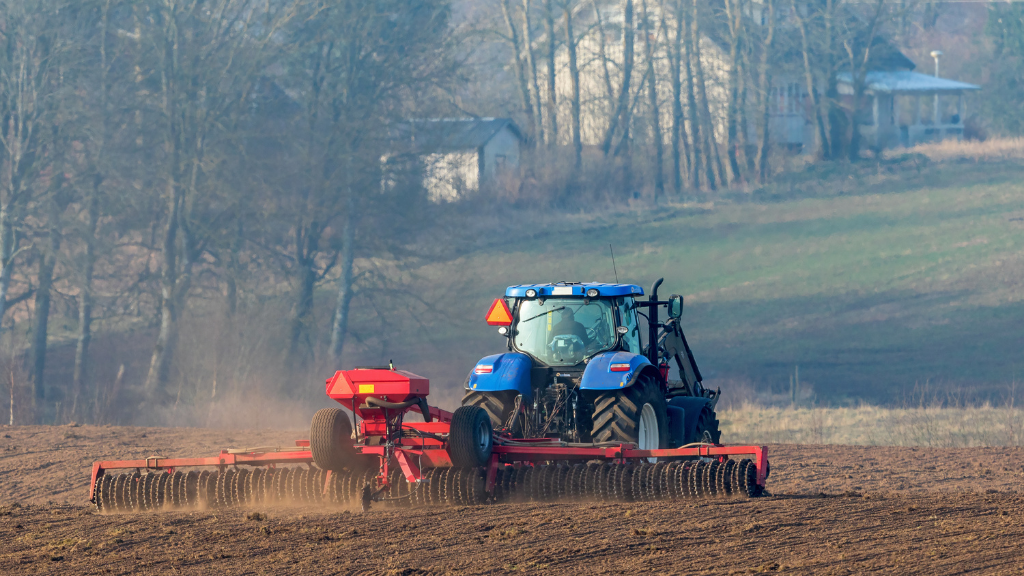
Cultipackers serve the purpose of breaking clods, reducing air pockets, and pressing down small stones. Their primary function is to create a smooth seedbed, and at times, they are employed to improve soil-seed contact during sowing, especially in methods like broadcasting.
13. Tractor
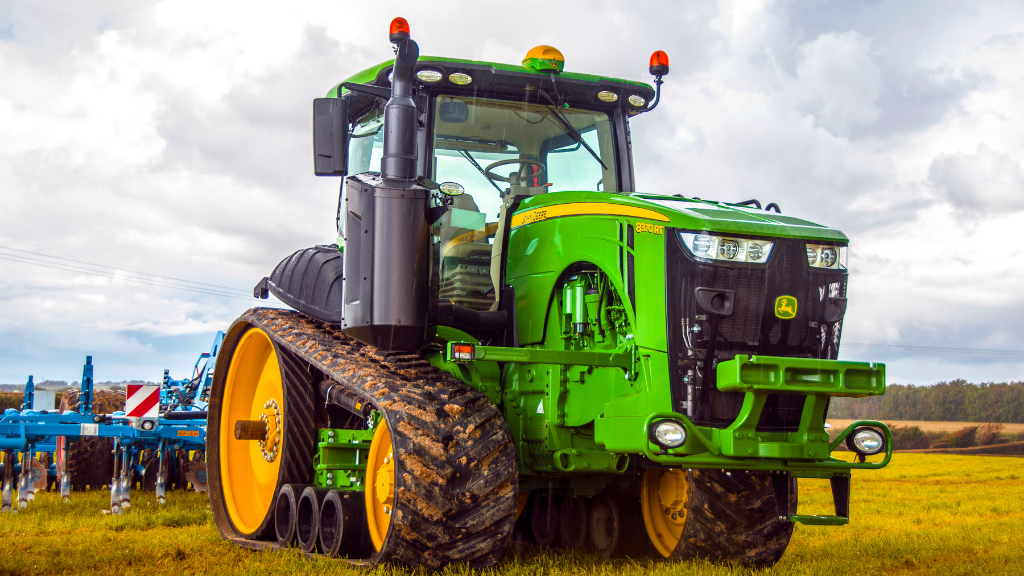
Tractors are the most important vehicles in most farms. They serve as the powerhouse for land preparation tools, driving cultivators, harrowers, levelers, and rotavators. These versatile machines come in two main types: large four-wheel tractors and smaller two-wheel monocultures.
14. Rototiller
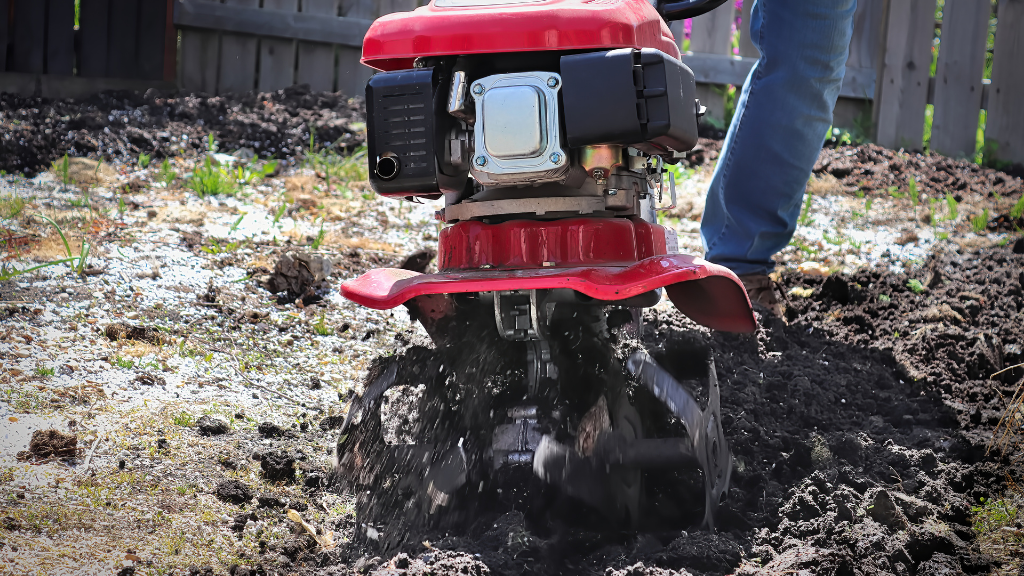
Also known as a hand tractor, the rototiller features spinning blades at the front, effectively plowing and pulverizing the soil. This tool is favored for its cost-efficiency.
15. Seed Drill
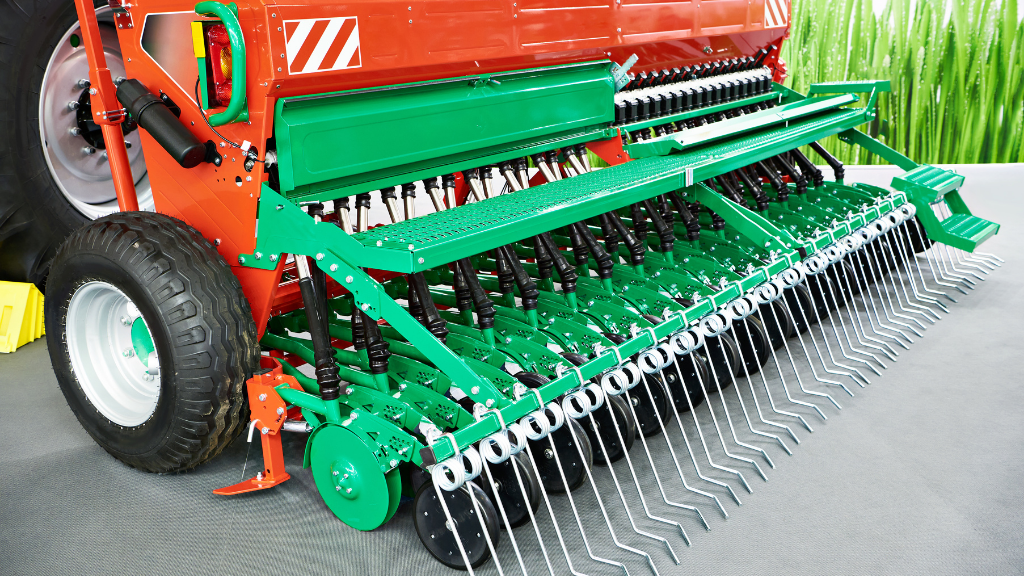
Drills in agriculture are used for precision seed sowing. These tools sow seeds at the desired depth and efficiently cover them with soil, ensuring accurate seed rates.
16. Leveler
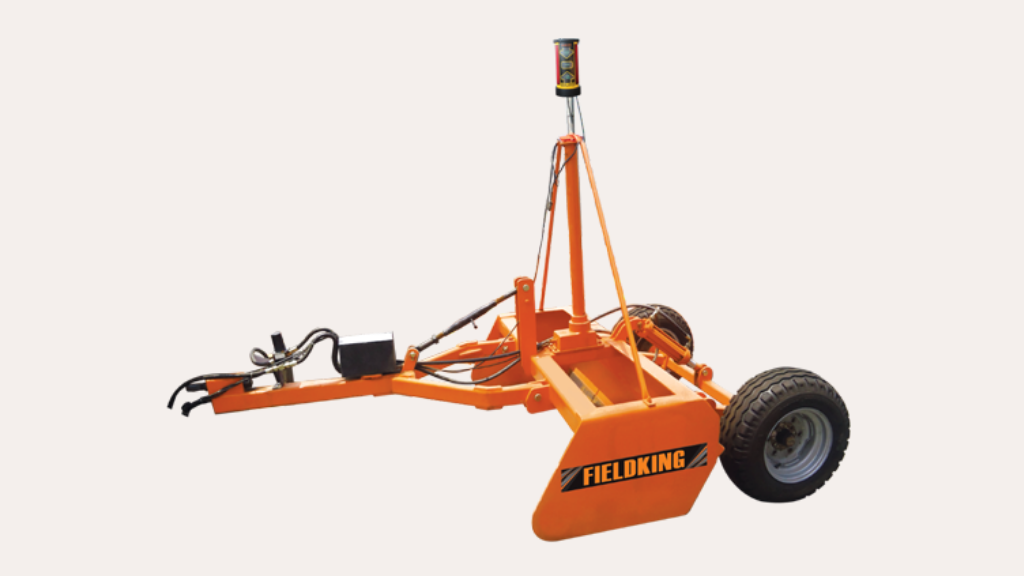
A land leveler is an essential piece of equipment for creating level terrain. This tool ensures efficient crop management, eliminates weed problems, and eases land preparation, setting the stage for successful farming.
17. Ridger
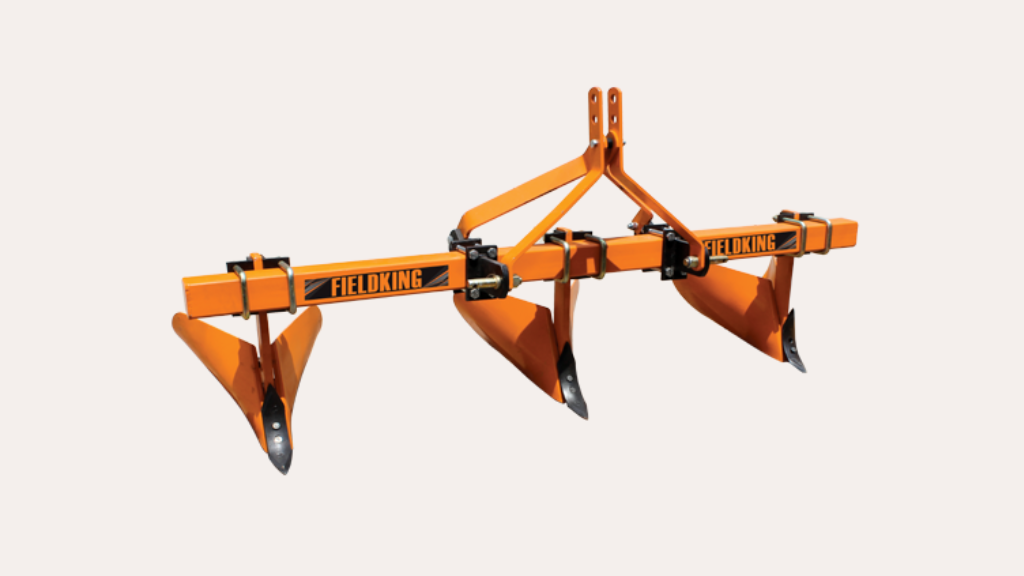
Ridgers are used to create ridges for row crops such as bananas, vegetables, and pineapple farming. They alternate between forming ridges and furrows by cutting and turning the soil in opposite directions. Ridgers are typically used during the final land preparation phase after primary and secondary tillage and land leveling when the land contains some moisture.
Power Tools vs. Hand Tools
Land preparation is the foundation of successful farming. It improves soil quality, nutrient availability, and the prevention of soil erosion. By following the proper steps and utilizing the right tools, farmers can create an environment where crops thrive, leading to increased agricultural productivity and sustainability. Effective land preparation ensures that agriculture continues to feed the world’s growing population while preserving our natural resources.
| Aspect | Power Tools | Hand Tools |
| Cost | Expensive and difficult to acquire | Cheap and easy to acquire |
| Ease of Use | Complex and difficult to use | Simple and easy to use |
| Energy Source | Require fuel or electricity to operate | Do not require fuel or electricity to operate |
| Environmental Impact | Cause noise and air pollution | Do not cause noise or air pollution |
| Efficiency | Fast and efficient | Labor-intensive and time-consuming |
| Soil Compatibility | Handle hard or rocky soils easily | Can be used in any type of soil or terrain |
| Soil Impact | Can damage soil structure and fertility if used excessively or improperly | Can damage soil structure and fertility if used improperly |
| Repair and Replacement | May be more complex to repair or replace | Can be easily repaired or replaced |
Conclusion
Land preparation is the key to successful farming. It improves the soil quality, enhances nutrient availability, and reduces soil erosion. By following the right steps and using the appropriate land preparation tools, farmers can create a favorable environment for the crops to grow and flourish, leading to higher agricultural productivity and sustainability. Effective land preparation ensures that agriculture meets the food demand of the world’s growing population while conserving our natural resources.

